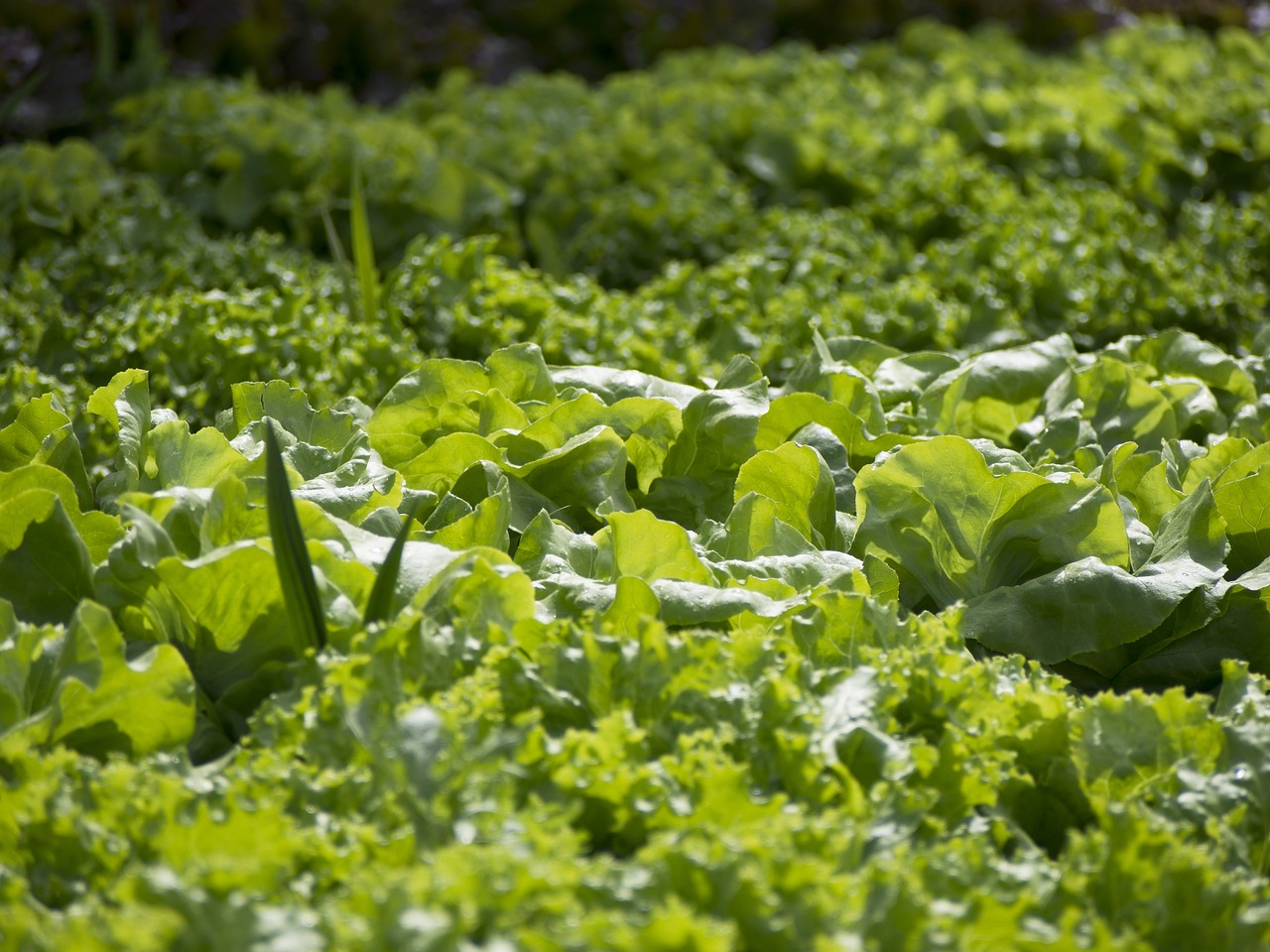Weed Control in Home Vegetable Gardens
Searcy, Ark. –
 Weed control in home vegetable gardens requires a coordinated effort using a combination
of methods. These include cultural, mechanical and chemical techniques.
Weed control in home vegetable gardens requires a coordinated effort using a combination
of methods. These include cultural, mechanical and chemical techniques.
Crop Selection for Weed Suppression
Aggressive, fast-growing crops make weed control easier because they are better able to compete with weeds. Squash, beans, southern peas, pumpkins, cucumbers, sweet corn, Irish potatoes and sweet potatoes emerge quickly and have the potential to suppress weeds. Small-seeded and slow growing crops such as lettuce, carrots, peppers, greens, onions, English peas, tomatoes, broccoli, cabbage and radishes do a rather poor job of competing with weeds.
Benefits of Cover Crops
Cover or smother crops can be used to reduce weed seed germination in succeeding crops.
Cover crops are usually planted in the fall and killed by tillage or chemicals the following spring before planting vegetables. The residue from cover crops (rye, ryegrass, etc.) can inhibit early season germination of weeds such as lambs quarters, purslane and pigweed. Avoid planting cover crops where small-seeded crops such as lettuce will be planted the following year or germination will be reduced.
Crop Rotation for Weed Prevention
To prevent increases in weeds, rotate crops to different areas of the garden so that the same crop is never planted in the same area two years in a row.
Organic Mulching Options
Organic mulches include straw, grass clippings, leaves, newspapers, manures, bark chips and other products derived from plant materials. Do not mulch with straw containing weed seeds. Weedy straw may be cleaned by wetting to encourage weed seed germination and then air dried several times to kill seedlings. Organic mulches allow some flexibility in fertilizing and watering since they can be raked back from the plant. Use organic mulches after the soil has warmed in the spring. If applied to cold soils, the rate of soil warming will be slowed.
Inorganic Mulches and Landscape Fabrics
Black plastic is one of the most commonly used inorganic mulches. Clear plastic is not recommended. Before applying plastic films, make sure the soil is moist and most of the fertilizer has been applied.
A more durable option is the use of woven landscape fabric for garden weed control. They may last for up to 20 years if kept covered with soil. Inorganic mulches will increase soil temperature by 6 to 8°F.
Mechanical Weed Control Methods
When using mechanical means of weed control such as pulling, hoeing or tillage, it is important to remove weeds before they are more than 3 inches tall. There are a variety of hoes available for removing weeds including the scuffle hoe (an open stirrup with a blade), Warren hoe (arrowhead shaped), and the onion hoe (narrow blade). The scuffle hoe is a push-pull weeder that requires no lifting. The garden Weasel has three sets of wheels with spikes that are push-pulled to cultivate weeds. It is recommended where numerous small weeds are present.
Adjust tillers or cultivators to cultivate no deeper than 2 inches and to throw dirt into the row to cover emerged weeds.
Herbicide Use in Home Gardens
When considering the use of herbicides in the home garden, it is important to know that no single herbicide will do the entire job of controlling weeds in all vegetable crops.
Another problem is accurately and uniformly applying relatively small amounts of herbicide to the garden surface. Under application will result in poor weed control, while over application will result in crop damage.
For all-purpose weed control or to prepare a future garden site, Roundup or Ortho Kleenup (glyphosate) may be used for nonselective weed control. This is typically done in fall, late winter or early spring. Do not use this material when crops are present or serious damage will occur.
Pre-Emergent Herbicide Options
The two major chemicals available to control germinating seedlings before the crop emerges are Dacthal (DCPA) and Treflan (trifluralin). Dacthal and Treflan are trade names, and the common names are listed in parenthesis. These herbicides are marketed under several trade names, so check the common name on the label before buying.
By Sherri Sanders
County Extension Agent - Agriculture
The Cooperative Extension Service
U of A System Division of Agriculture
Media Contact: Sherri Sanders
County Extension Agent - Agriculture
U of A Division of Agriculture
Cooperative Extension Service
2400 Old Searcy Landing Rd. Searcy, AR 72143
(501) 268-5394
ssanders@uada.edu
The Arkansas Cooperative Extension Service is an equal opportunity institution. If
you require a reasonable accommodation to participate or need materials in another
format, please contact your County Extension office (or other appropriate office)
as soon as possible. Dial 711 for Arkansas Relay.
Pursuant to 7 CFR § 15.3, the University of Arkansas System Division of Agriculture
offers all its Extension and Research programs and services (including employment)
without regard to race, color, sex, national origin, religion, age, disability, marital
or veteran status, genetic information, sexual preference, pregnancy or any other
legally protected status, and is an equal opportunity institution.